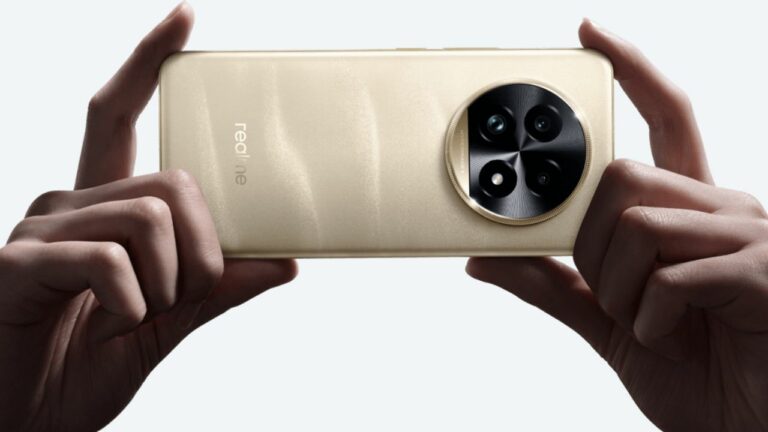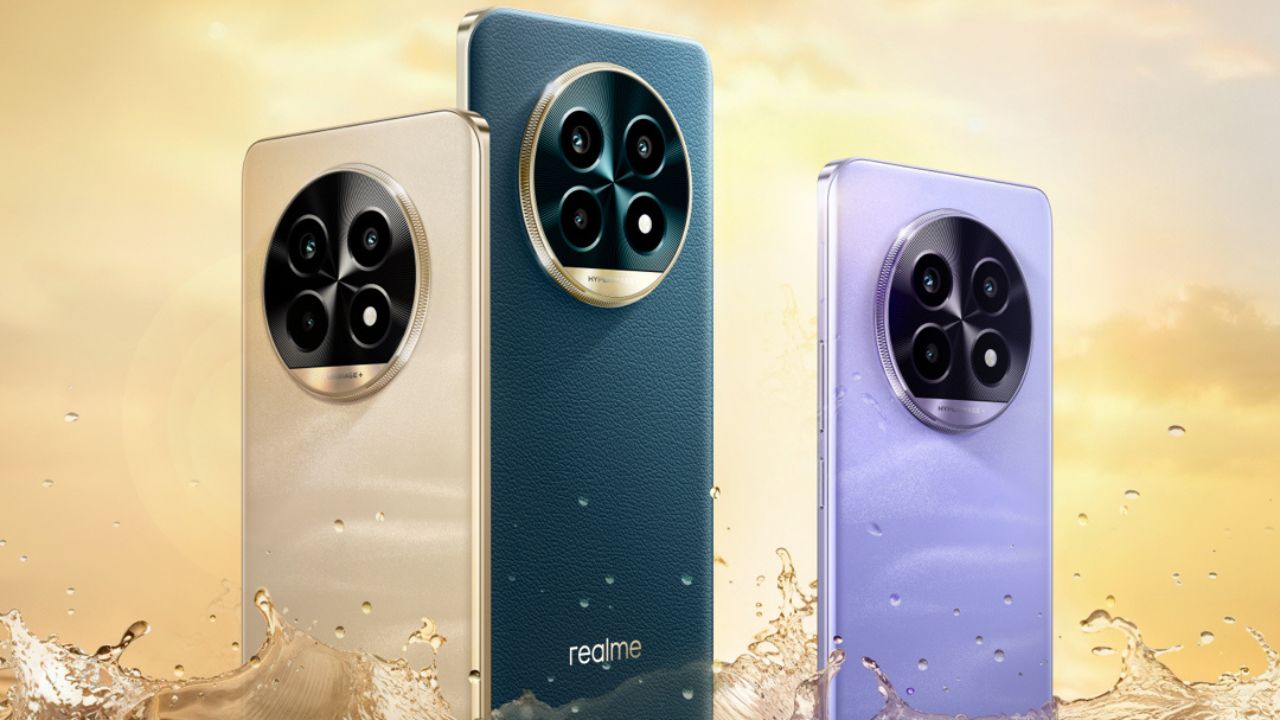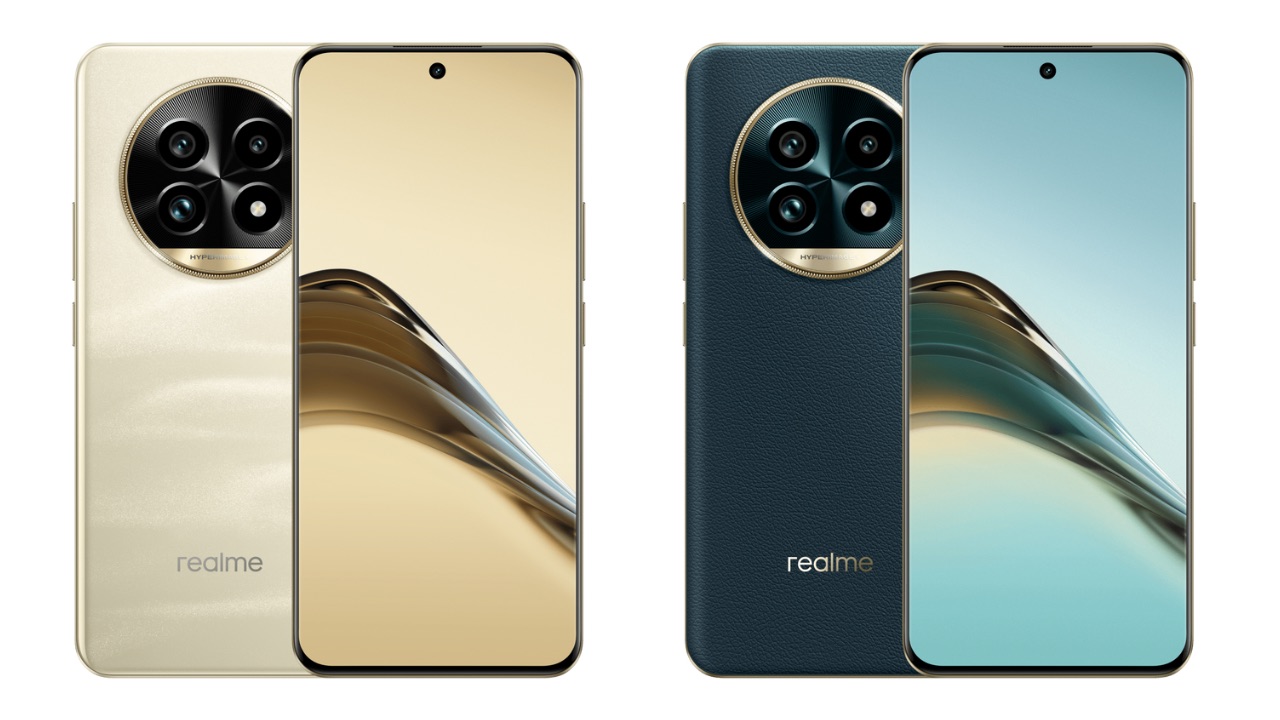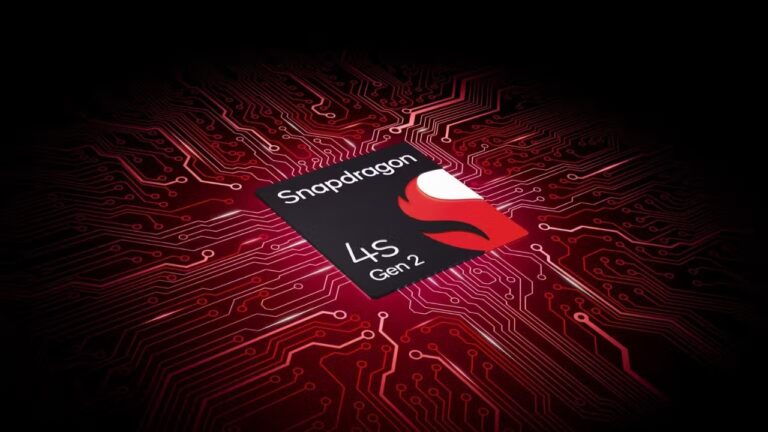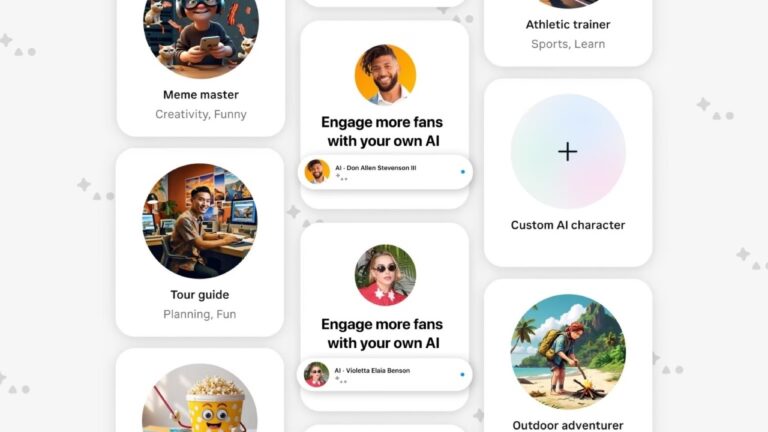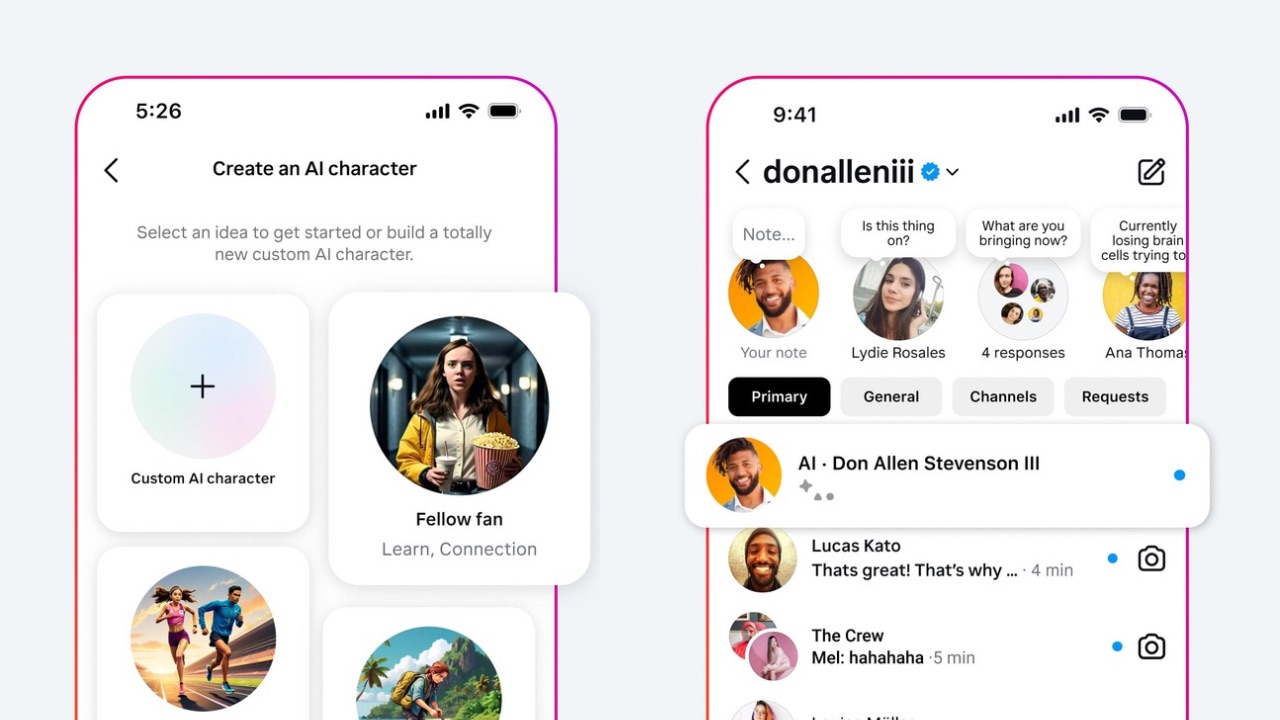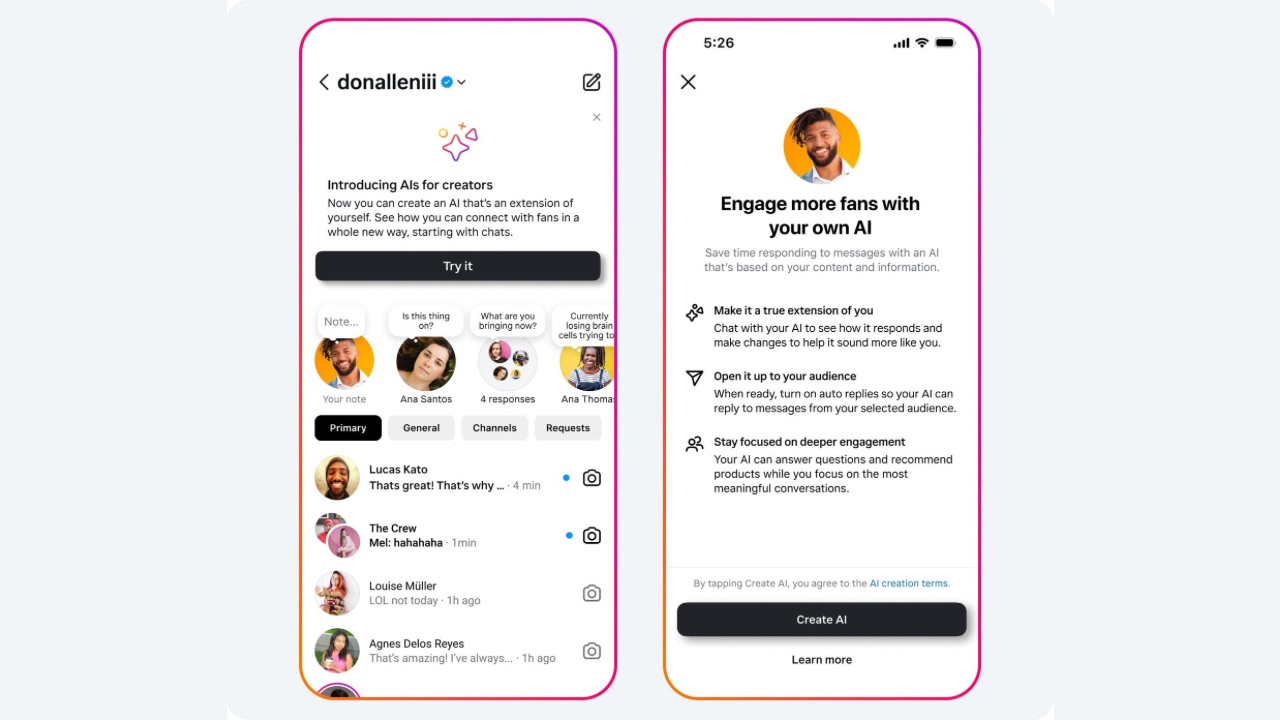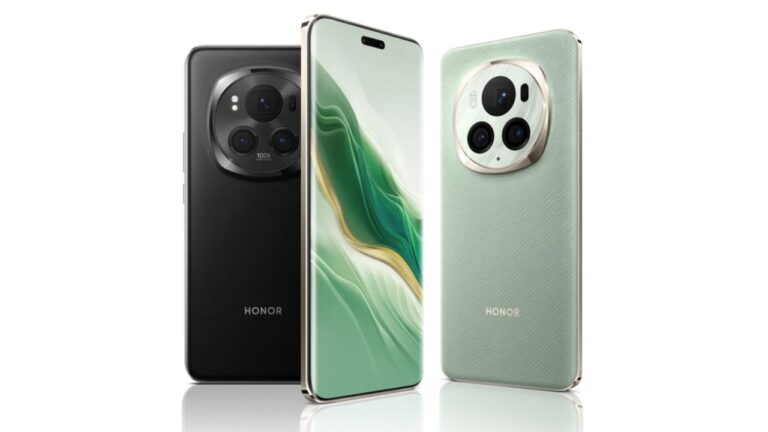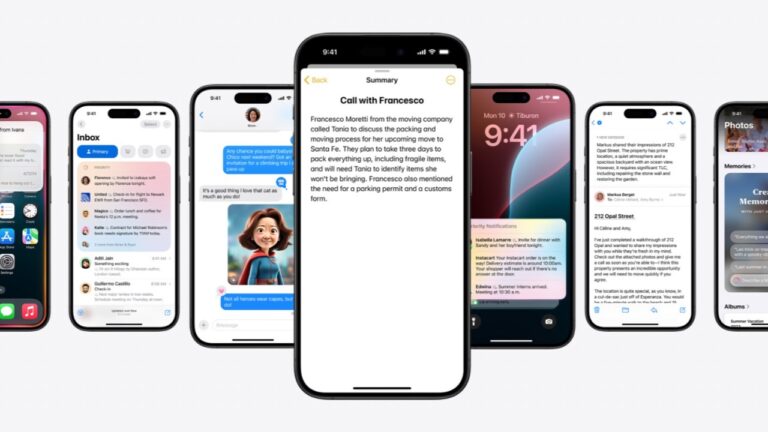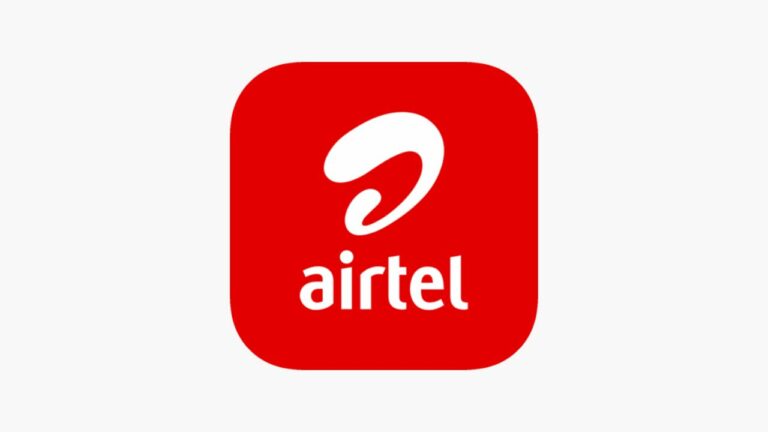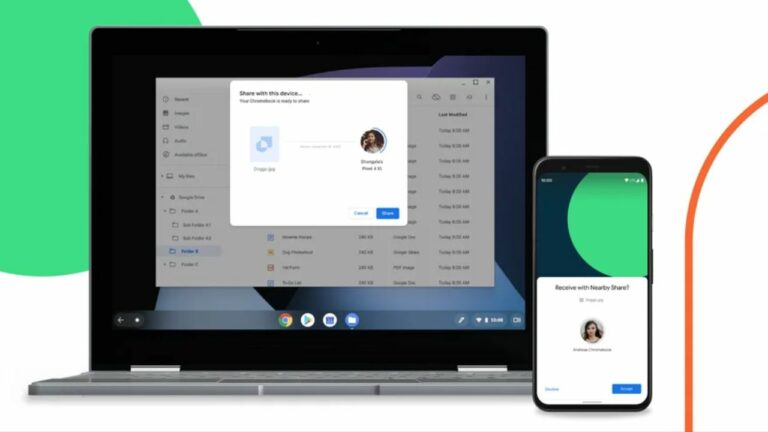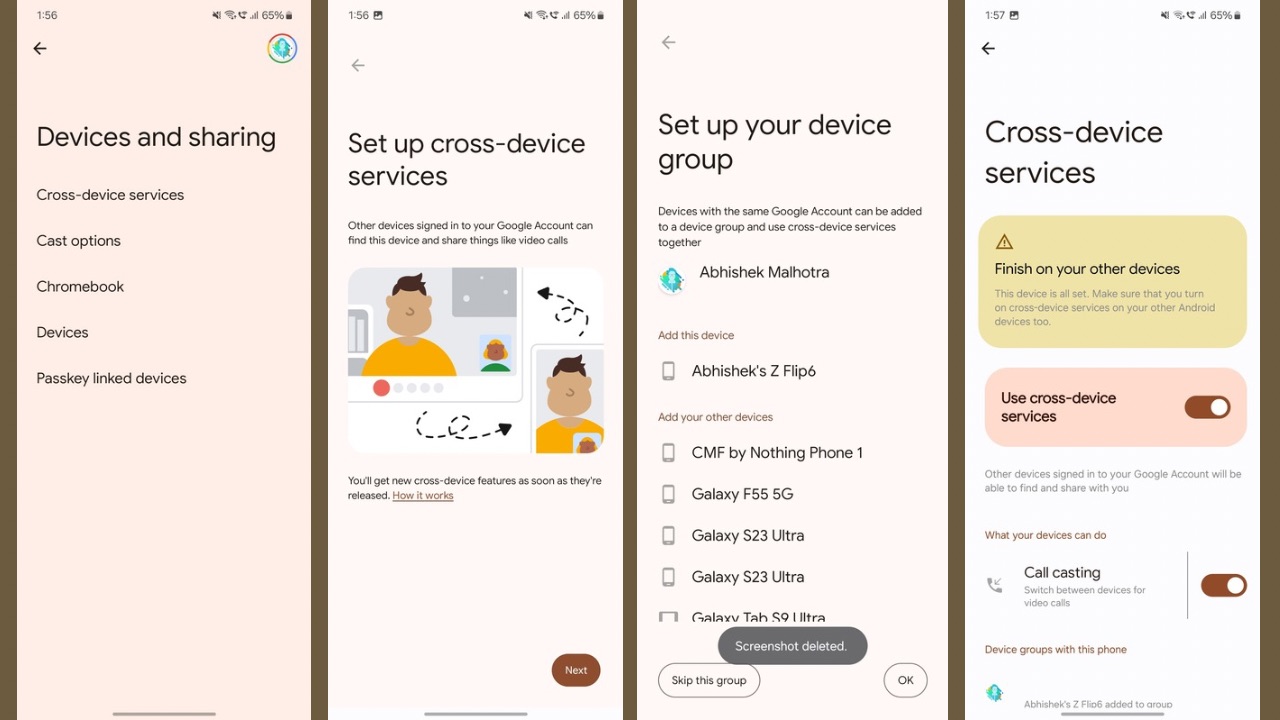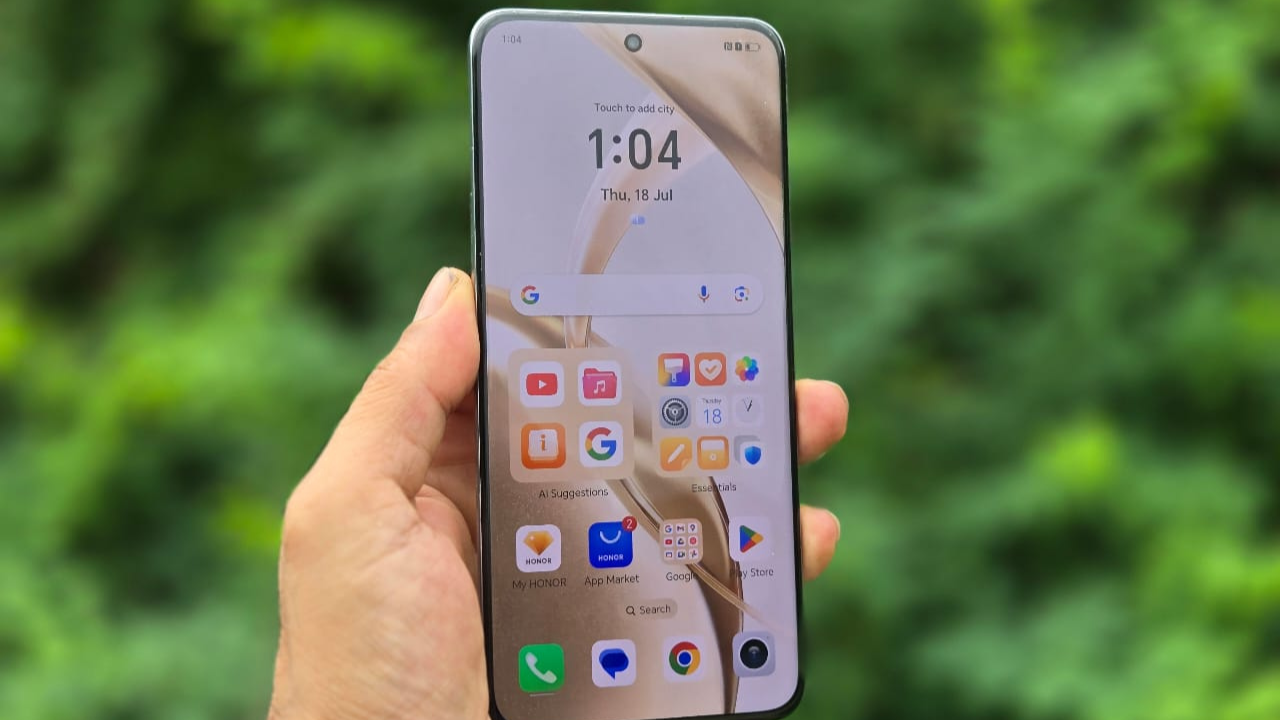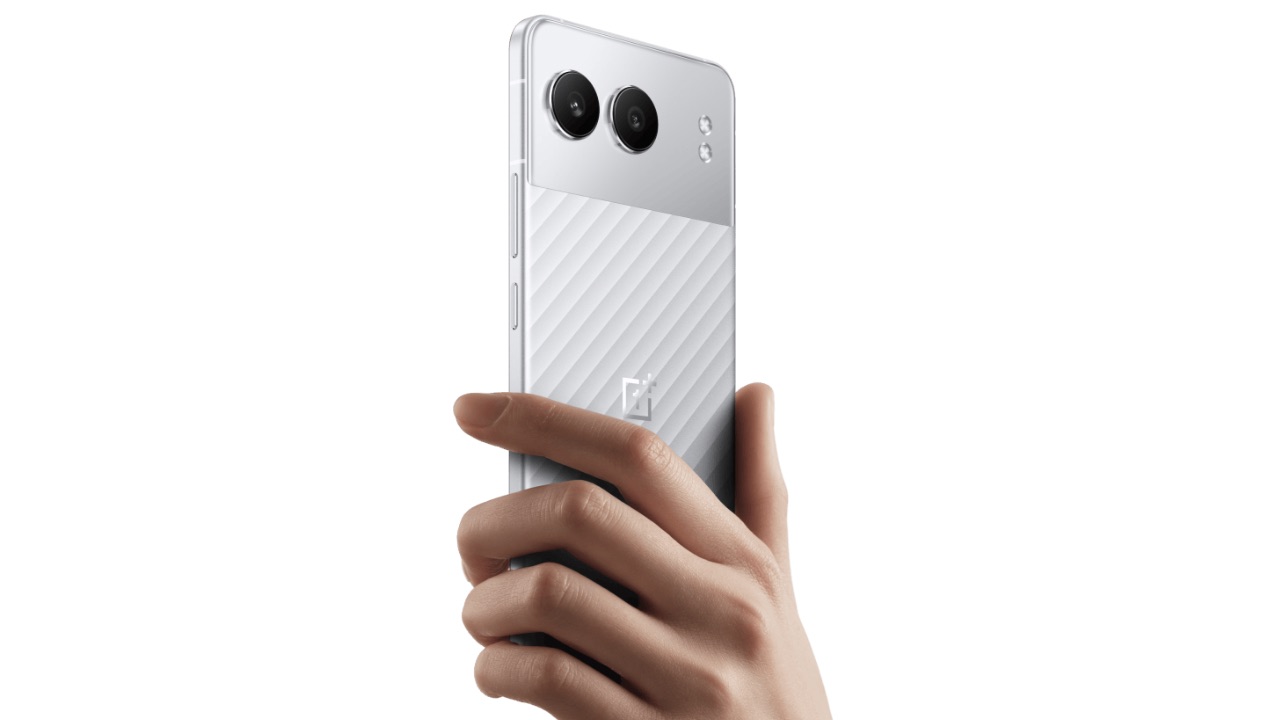Apple unveiled the next major update for its devices, dubbed iOS 18, back in June of this year. The highlighting feature of iOS 18 is Apple Intelligence, which is supposed to rollout to all supported iPhones later this year. However, developers who have access to iOS 18 beta have received the first beta build of iOS 18.1 which introduces a set of Apple Intelligence features locked behind a waitlist.
iOS 18.1 Beta 1: Features
The update introduces first set of Apple Intelligence features, such as Writing Tools, new features for Mail and notifications, upgrades to Photos, and more.
The update brings what Apple calls systemwide Writing Tools. With it, users can rewrite, proofread, and summarise text nearly everywhere they write, including Mail, Notes, Pages, and third-party apps. Apple Intelligence allows users to choose from different versions of what they have written, adjusting the tone to suit the audience and task at hand, such as finessing a cover letter, to adding humour and creativity to a party invitation.
In addition, Siri is getting a new trigger animation. It can also follow along if users stumble over words and maintain context from one request to the next. Siri can now also give users device support everywhere they go, and answer thousands of questions about how to do something on iPhone, iPad, and Mac. It will also be able to read what’s available on the users’ screen and will be able to understand and take action with users’ content in more apps over time.
Apple Intelligence also powers Reduce Interruptions which is a new Focus that surfaces only the notifications that might need immediate attention, like a text about an early pickup from daycare.
Read More: Apple Intelligence to Launch Free, Paid Version to Follow
Then, in the Notes and Phone apps, users can now record, transcribe, and summarise audio. When a recording is initiated while on a call, participants are automatically notified, and once the call ends, Apple Intelligence generates a summary to help recall key points.
Further, searching for photos and videos has become even more convenient with Apple Intelligence. Natural language can be used to search for specific photos, such as “Maya skateboarding in a tie-dye shirt,” or “Katie with stickers on her face.” Search in videos also becomes more powerful with the ability to find specific moments in clips so users can go right to the relevant segment. Additionally, there’s a new Clean Up tool that can identify and remove distracting objects in the background of a photo, which works similar to Google’s Object Eraser.
A new feature called Memories allows users to create a story they want. By using language and image understanding, Apple Intelligence will pick out the best photos and videos based on the description, craft a storyline with chapters based on themes identified from the photos, and arrange them into a movie with its own narrative arc.
The default Apple Mail App will also be using Apple Intelligence to automatically categorise messages under the “Priority Messages” section. A new section at the top of the inbox shows the most urgent emails, like a same-day dinner invitation or boarding pass.
Features such as Image Playground, Genmoji, Priority Notifications, upgraded Siri with on-screen awareness, and ChatGPT integration aren’t a part of this update (via 9to5Mac).
iOS 18.1 Beta 1: Supported Models
The update is available for iPhone 15 Pro and iPhone 15 Pro Max running on iOS 18 beta. Only the two mentioned iPhone models support Apple Intelligence. In addition, this isn’t a public beta but a developer beta. After updating to iOS 18.1, you can request access to Apple Intelligence by navigating to Settings, selecting the new Apple Intelligence menu, and tapping “Join the waitlist.” You’ll receive a push notification once you’re granted access to the Apple Intelligence beta.
Separately, for iPad users, iPadOS 18.1 is also rolling out. It’s only available for iPad models that have the M1 chip and newer.



